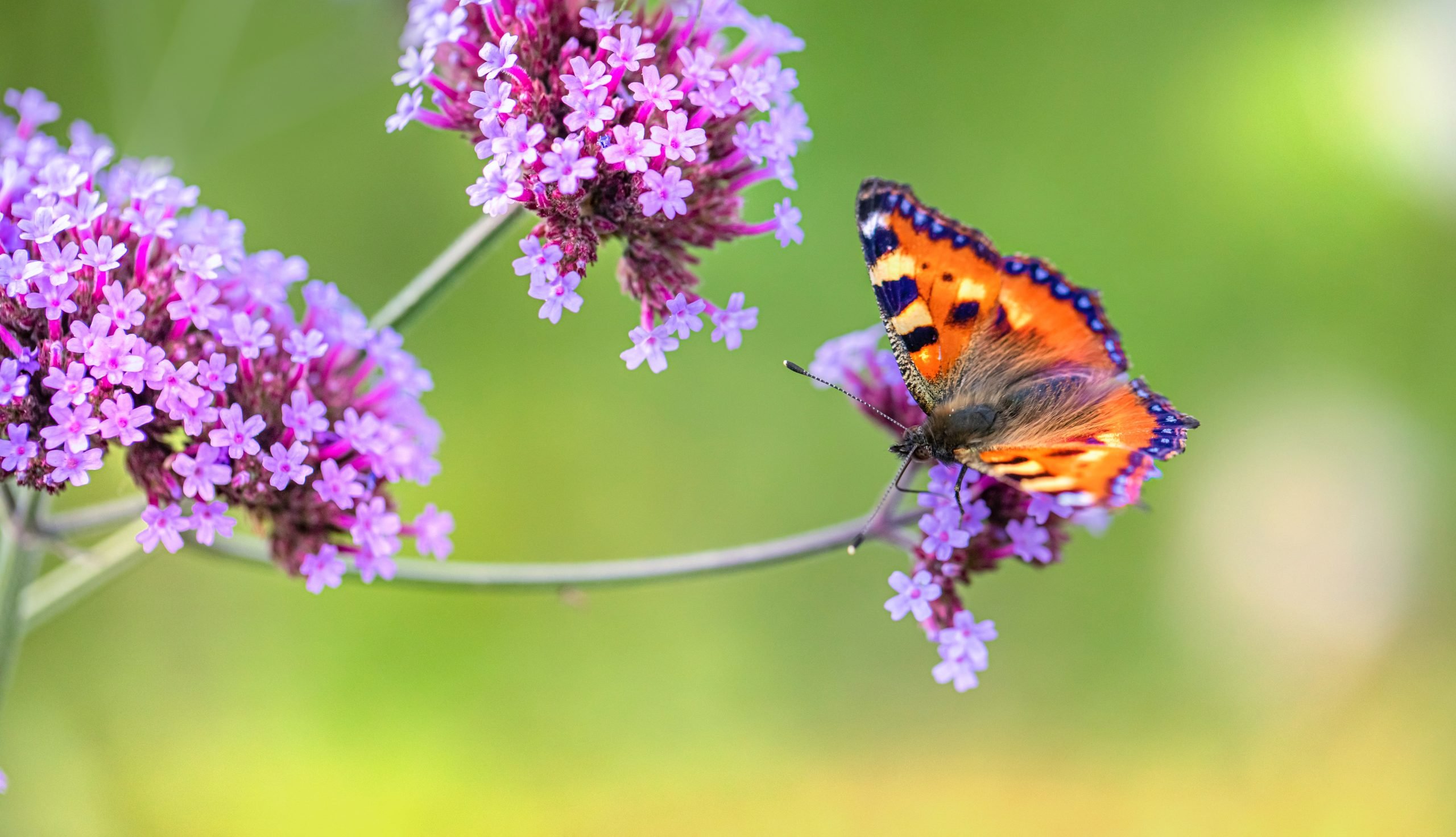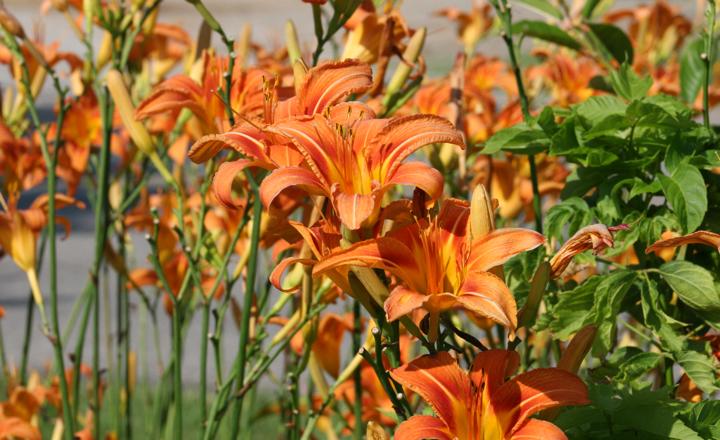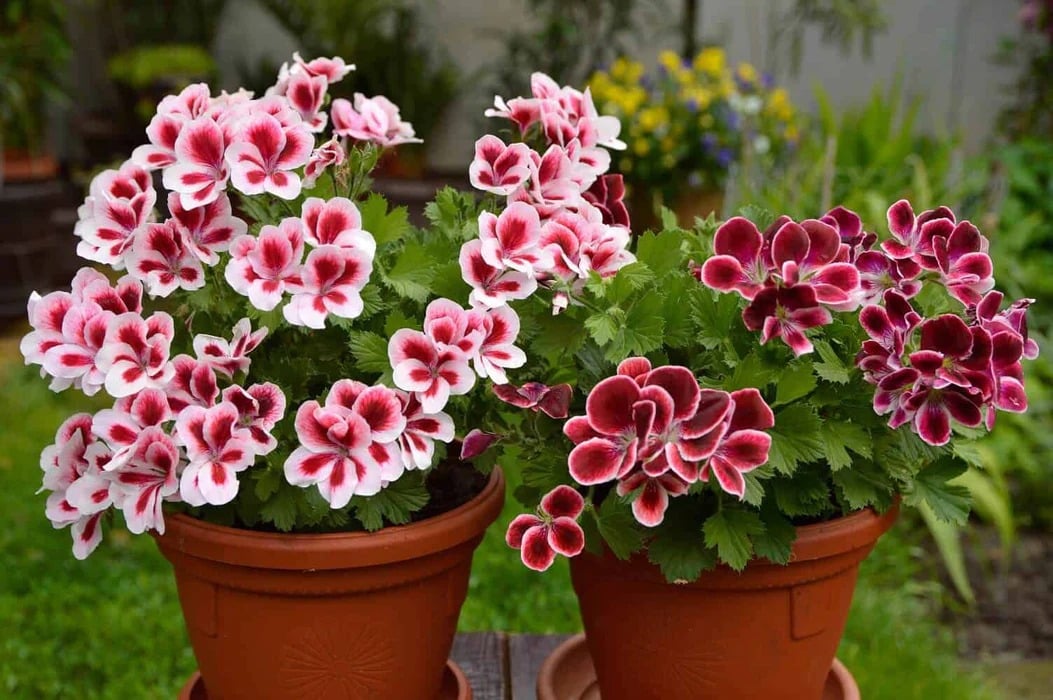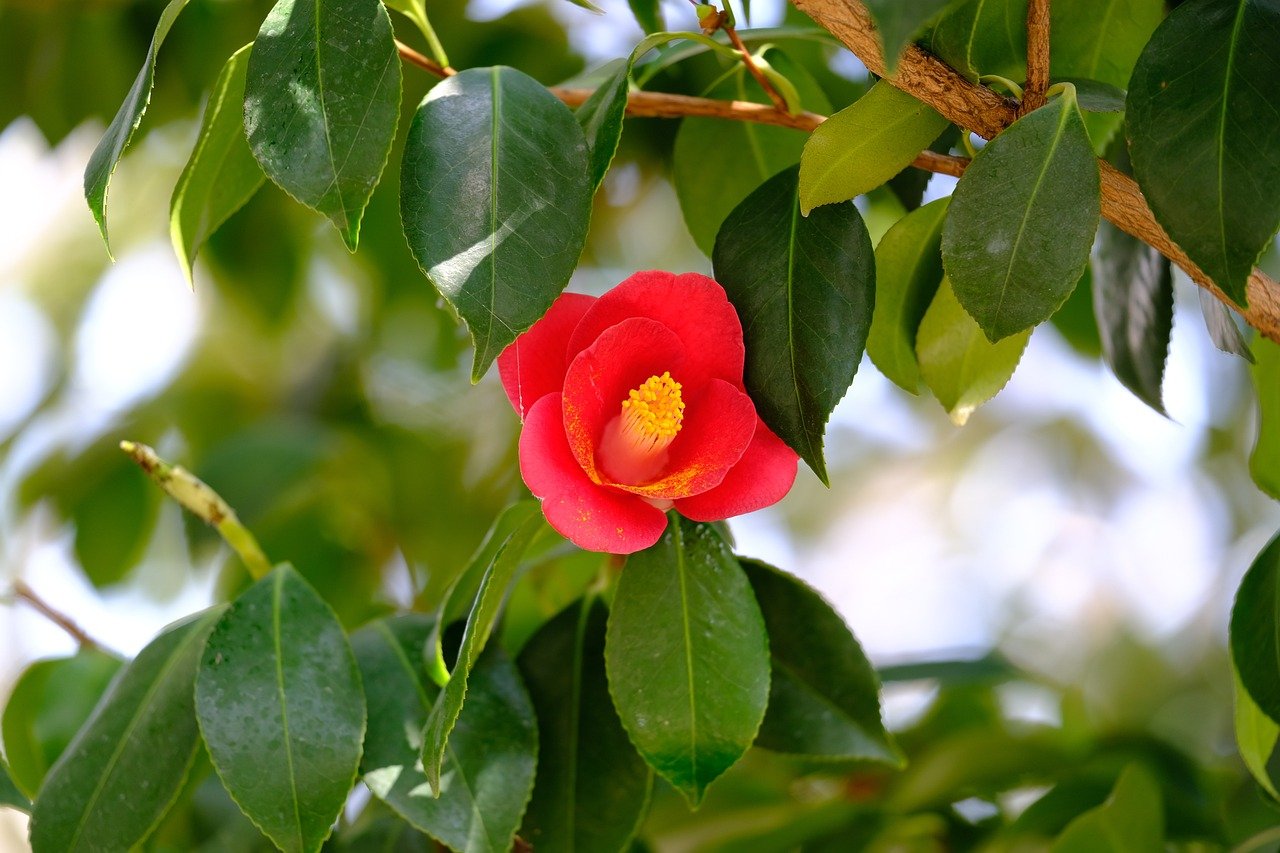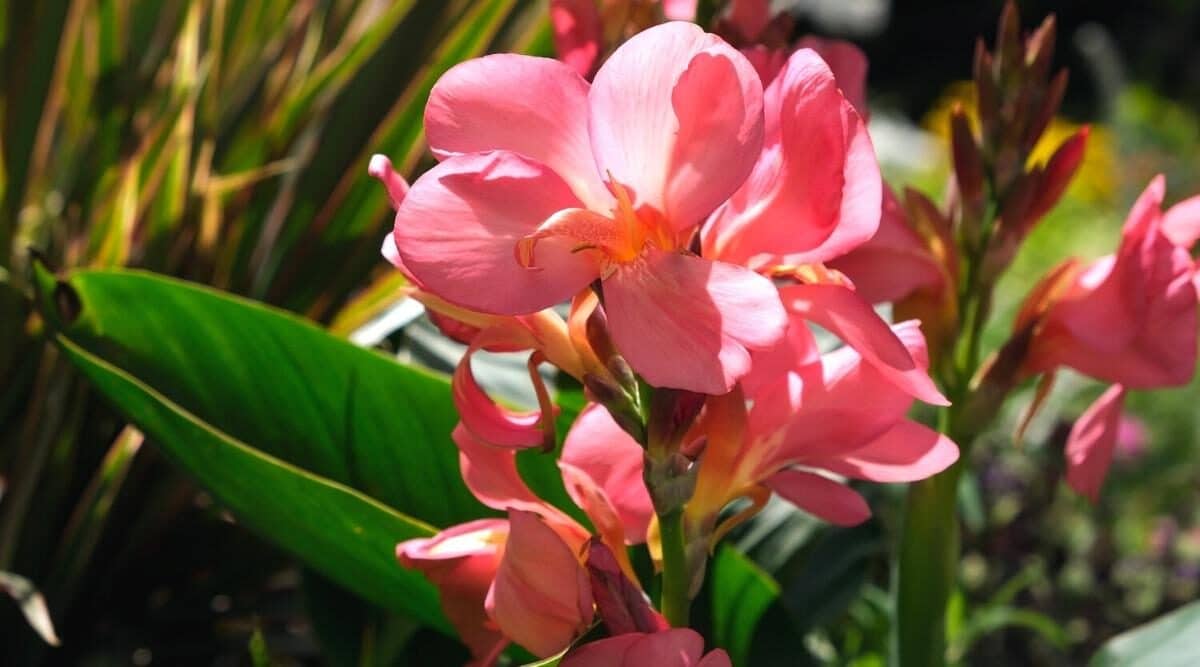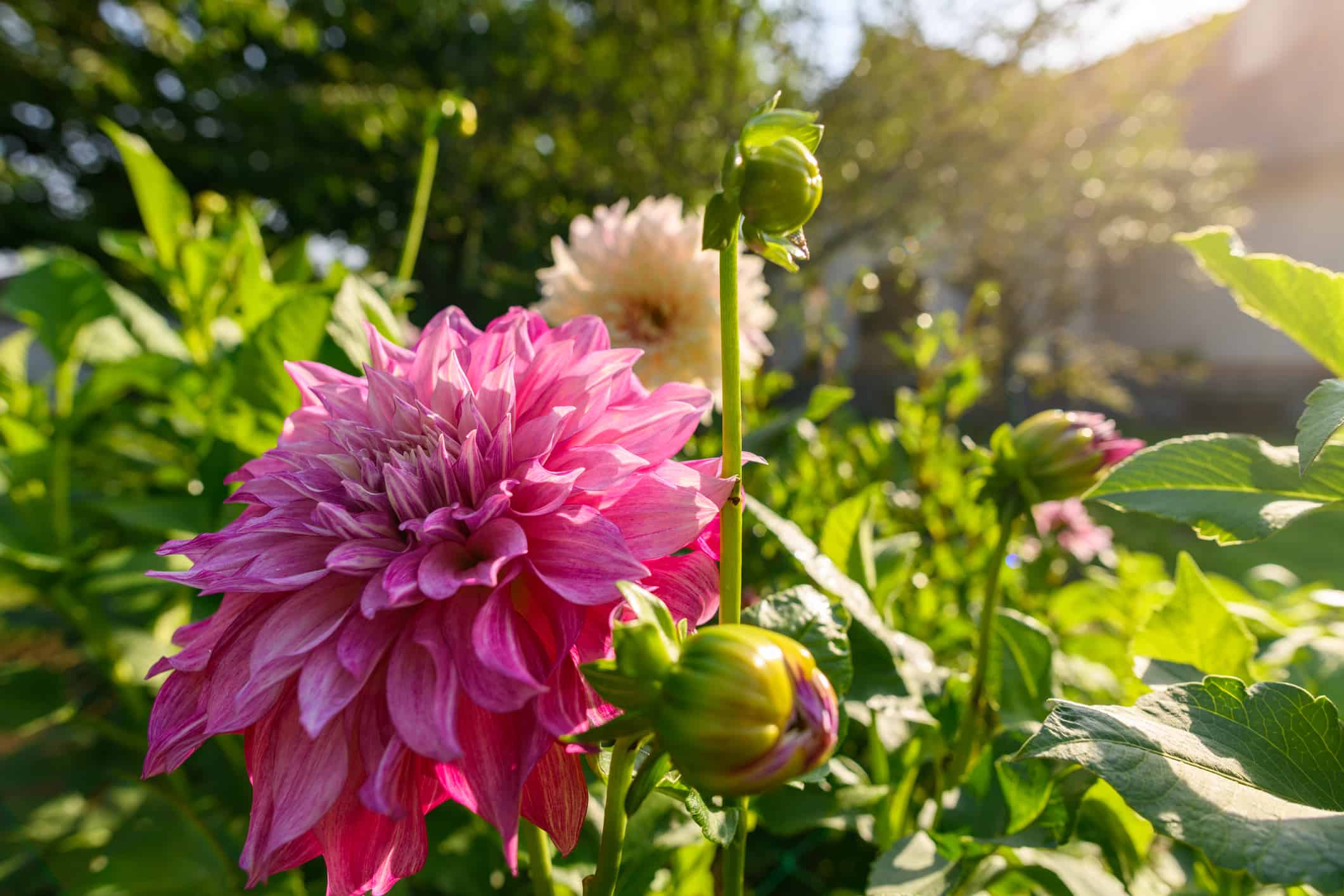How to Plant Agapanthus in Pots: 6 Simple Steps
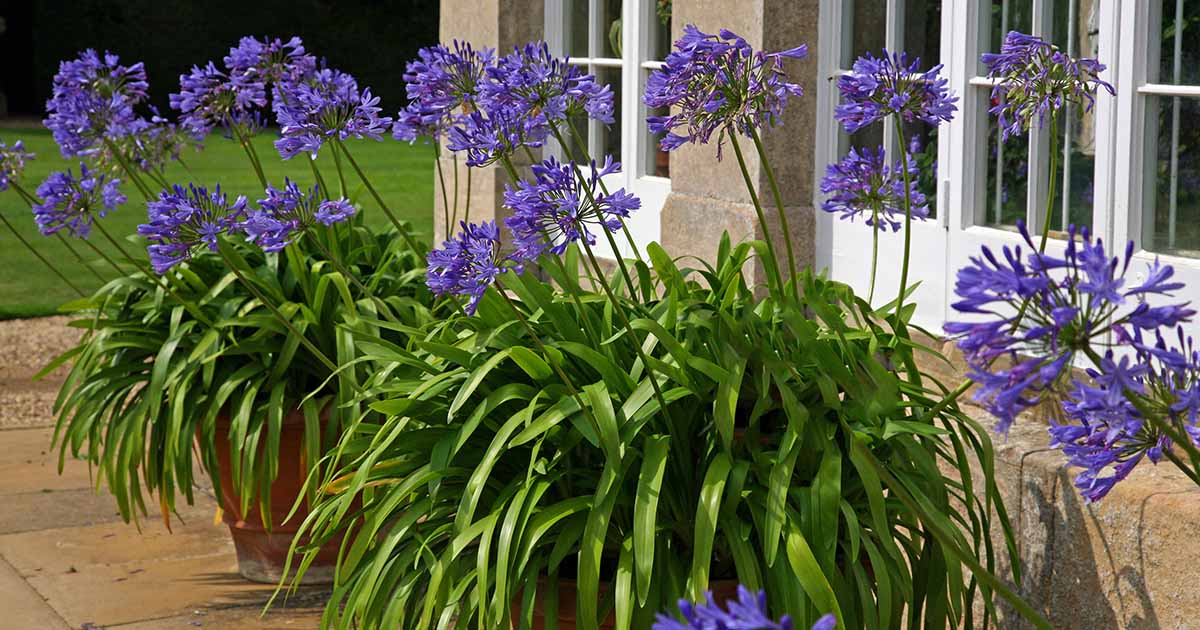
Table of Contents
Are you wondering if it is possible to plant an Agapanthus in pots?
Yes, it is!
Planting agapanthus in pots is possible with proper guidance and maintenance. Agapanthus, also known as the Lily of Nile, is a magical and medicinal plant. Some agapanthus species are also effective in treating coughs, colds, chest pain, and heart diseases. This herbaceous perennial is used for treatment only after consulting an appropriate expert. With the medicinal benefits, the different shades of blue in this plant can enhance the beauty of any space.
Whether your purpose is to grow a plant for medicinal use or to enjoy the blooming flowers, we can help you in the process!
This article further explores every step in planting agapanthus in a pot at home, office, or anywhere without expert help.
Simple Steps for Planting Agapanthus in Pots
1. Finding a Sapling or Seeds to Grow
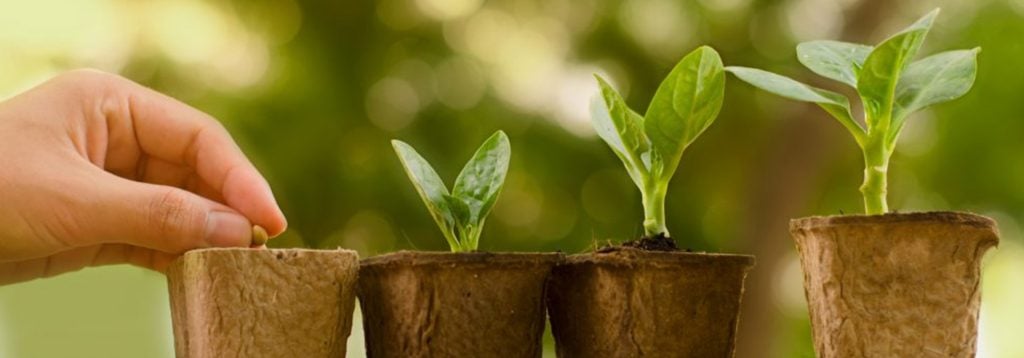
Agapanthus is a decorative plant for your patio garden or backyard. When grown in a terracotta pot, the beauty of this plant doubles. The first step for planting agapanthus in pots is to get a sapling of the plant. Growing agapanthus from seeds is also possible by sowing the seeds in spring. However, when you grow them through seeds, it will take two years to get the first flowering on the plant. If you are curious to experience the whole process from scratch and have the patience to wait, you can get guidance on how to grow through seeds.
If you can’t wait to enjoy the blue shade of agapanthus in your surroundings, quickly get a sapling from your neighbourhood or nearby garden centre. You can either plant a single agapanthus plant or multiple plants together. Choose more plants if you want a beautiful view of the terracotta plant.
2. How to Select a Suitable Container?
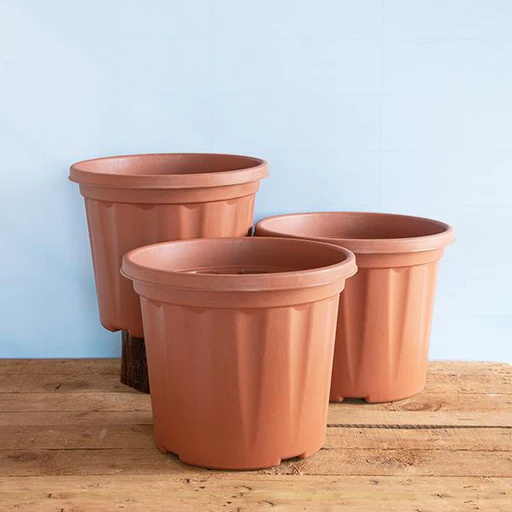
Once you have selected and brought the plants, now is the time to find a suitable home for saplings. There are many options available in the market when it comes to planters. Plastic, ceramic, biodegradable, metal, iron, and graphite pots are available. However, a terracotta planter is the best choice for your agapanthus sapling.
The roots of this plant are large and fleshy. They need proper space to flourish and grow comfortably. The water drainage in the pot also needs to be considered while buying it. A container that is at least 13 inches deep and has a diameter of 10 inches is perfect for a single plant or two-three smaller agapanthus plants.
Another precious tip to finalize the size of the pot is to get an idea of the plant’s root mass. Go for a container with a diameter of 1 inch wider than the plant’s root mass. If you are expecting the plant to grow fast, select a pot that has 4 inches wide diameter. The size of the terracotta pot might differ based on the type of agapanthus plant you are bringing home.
3. Prepping the Foundation
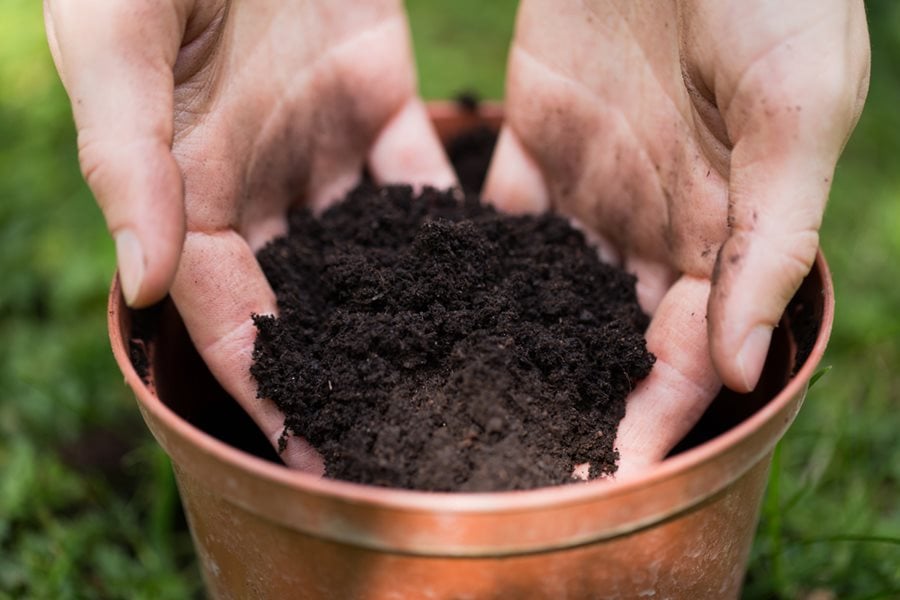
Planting agapanthus in pots requires rich and well-drained moist soil. The best mixture for the better growth of your plant is loam-based soil, compost, coarse sand, and some grit or gravel. You can buy these from the store or use a homemade fertilizer with the same qualities.
Loamy soil suits agapanthus due to its characteristic of high water retention. Loamy soil holds onto moisture and nutrient throughout the year to meet the continuous need of this plant. Along with holding on to moisture, this kind of soil drains well. The draining process is crucial for the roots to get the necessary air. Maintain a pH of 5.5 to 7.0 to provide a healthy environment.
4. Planting the Agapanthus Sapling
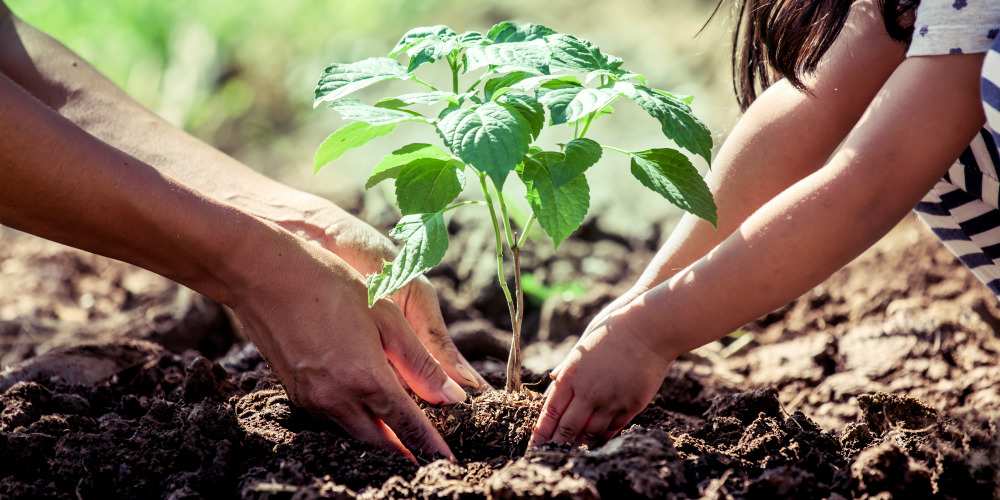
Now let us begin the process of planting agapanthus in pots. The first step is to clean and disinfect the terracotta pot you have ordered online or bought from the store. Any pests, insects, or bacteria left behind can cause harm to the roots of the plant, hindering its growth. After cleaning the pot, add the potting mix that we curated earlier.
Add some of it initially before placing the plant inside the pot. It is better if the foliage begins 3-5 cm below the rim. Fill the soil at the bottom accordingly, and then place the plant. Adjust the layer to remove any air pockets formed in between.
Holding the plant, fill up the empty corners in the pot. Keep a space of 5 cm between the soil layer and the rim. If the soil is too high, the water will run off, and the plant won’t get the needed time to absorb it.
Once you have completed this step, you become an expert in planting agapanthus in pots. Now, the plant will need time to settle in the new space, soil, and environment over the next few days.
5. Caring for Agapanthus in a Pot
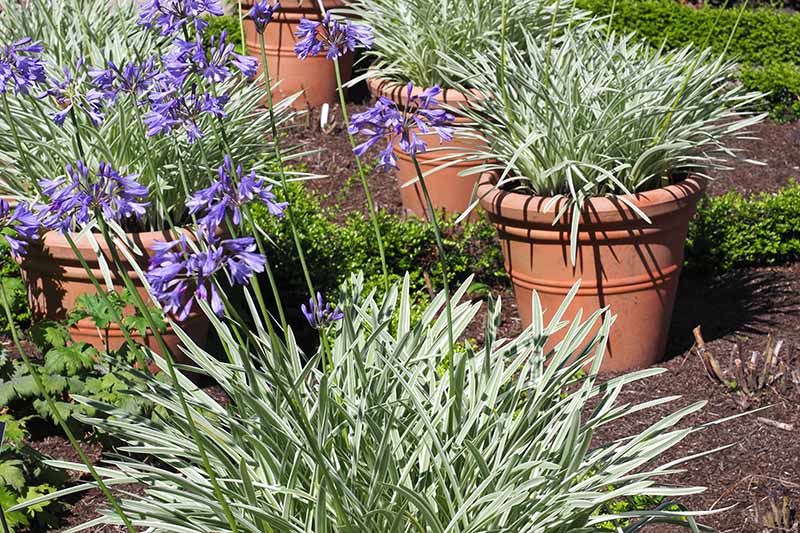
Planting agapanthus in pots is the most convenient because you can swiftly move them from shade to sunlight and vice versa. These plants thrive in full sun and need fertilizer regularly. Sunlight of 6-8 hours will give them the nutrients for growth. Are you confused about what full sun is? It means getting proper sunlight for 6 hours or more. Keeping them in the shade for a long time can reduce the growth of flowers.
Avoid using fertilizers that are high in nitrogen, as they might affect the growth of flowers. Instead, use a fairly balanced fertilizer that is slightly higher in phosphorous. The outdoor agapanthus will die during the winter. Protect the roots and plant by using mulch on the root area.
Bring back the pot indoors during the winter to help the plant get through the season. You can cut the dry foliage and place the pot in a dry space that has light. Watering them in winter will not be necessary as much in summer. However, always ensure that the soil has enough moisture and is not dry.
6. How To Trim Agapanthus?
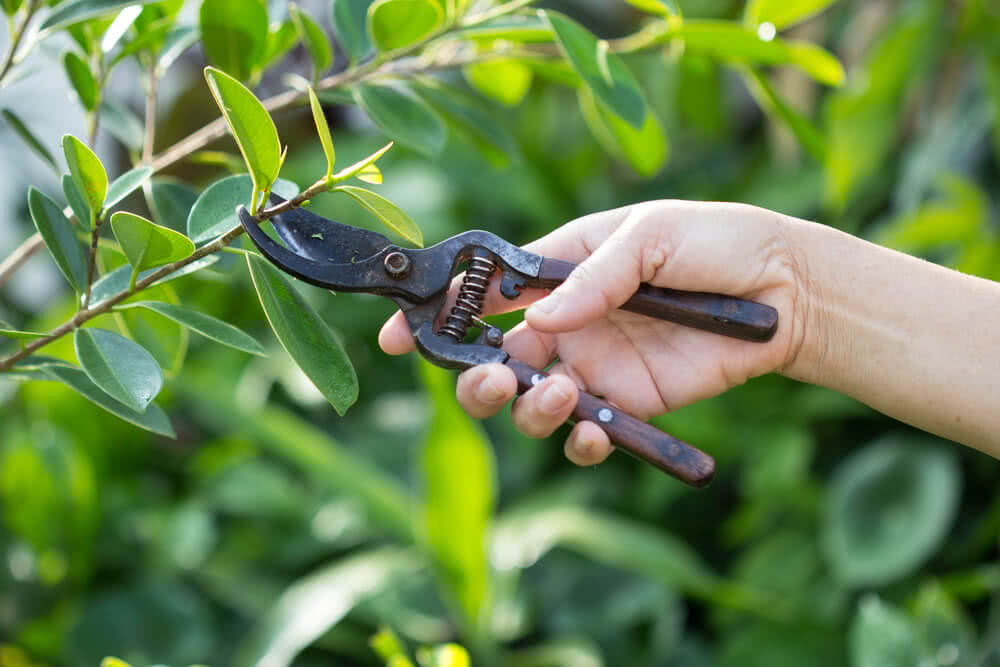
Trimming and cutting off the dried part will create space for more fresh flowers. Also, the deadheading process gives the plant a clean and pleasant look. If this process is skipped, the plant will go into the seeding process, and the blooming is reduced. Make use of pruners or garden shears to get rid of faded flowers and cut the dry leaves.
Another consequence of not trimming the dried flowers is self-seeding. If you are okay with multiple agapanthuses blooming in the nearby area, do not trim. However, if you do not want this plant to be invasive, then it is necessary to remove the blooms before they develop seed heads and distribute the seeds through the wind.
Enjoy the Shades of Blue by Planting Agapanthus in Pots!
Agapanthus is one such plant that requires the least attention and maintenance. All you have to do is place it in a proper position. Some choose to plant it in their garden or backyard. However, planting agapanthus in pots is easier because it allows you to move the plant depending on the sunlight and weather.
Agapanthus is an evergreen plant that produces rounded clusters of blue/purple flowers. This beautiful bulb is held by a leafless and fleshy stalk. The beautiful green stalks rise to a height of 18-24 inches. This beautiful view will make your summer pleasant and worth remembering. Different types of agapanthus include Queen Mum, Bingo Blue, Buccaneer, and Bingo White.
Select a shade of agapanthus that you love the most and add its beauty to your surroundings. Create a noticeable patio garden with a bunch of terracotta pots filled with beautiful agapanthus plants.

